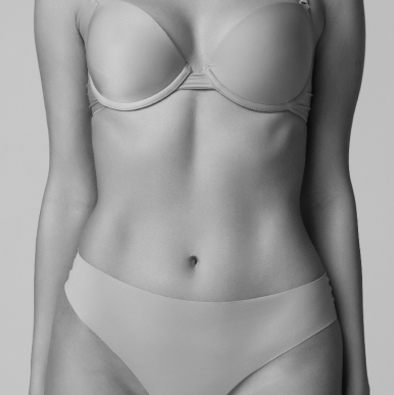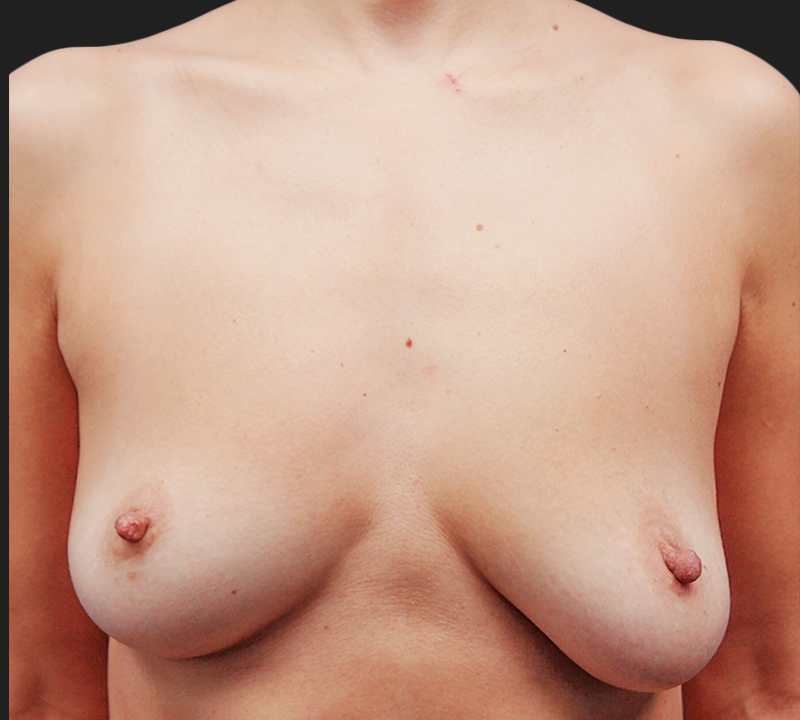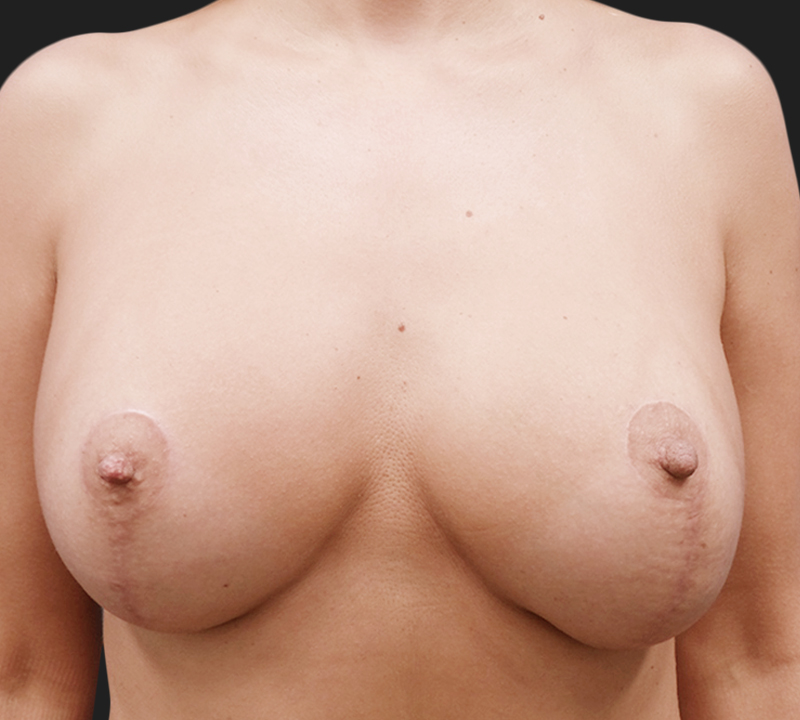Top Rated Breast Reconstruction in New York
Liposuction is a procedure used to improve the body’s contour by removing stubborn fat deposits that have failed to respond to diet and exercise. It may sound simple, but it actually requires considerable training and technical skill on the part of the surgeon, as well as an artistic sensibility. Its other name is “liposculpture” for a good reason. read more

Is Breast Reconstruction Right For You?
Breast reconstruction surgery is a complicated surgical procedure involving several operations to recreate the breast that has been removed due to cancer or other disease. The reconstructed breast can mirror the form and appearance of a natural breast.
The loss of breasts is tremendously stressful for every woman. Breast reconstruction surgery can help you feel normal again. It can help you feel more comfortable about your looks and restore confidence in your sexuality*.
Dr. Kevin Tehrani is an expert aesthetic breast reconstructive surgeon with many years of experience in the field. He will work closely with your oncologist in order to ensure that your breast reconstruction is not only aesthetically pleasing but also medically sound.
read more
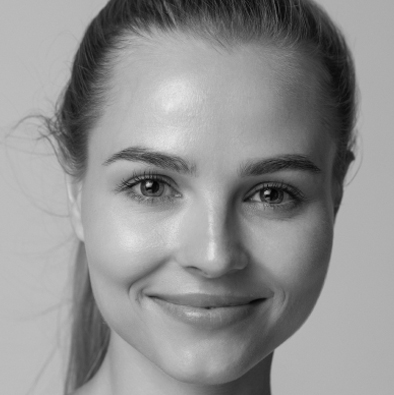
Who Is A Candidate for Breast Reconstruction?
Candidates for breast reconstruction surgery include women who have had a mastectomy or who are scheduled to have a mastectomy. Breast reconstruction is sometimes performed at the same time of mastectomy, in which case it is called immediate breast reconstruction. In other cases, it may be performed months or years after mastectomy, in which case it is delayed breast reconstruction.

There are different breast reconstruction surgery procedures, but mainly two classes. One technique combines skin expansion and the subsequent insertion of a breast implant. The other uses living tissue taken from other parts of the body, such as the abdomen, back, hips, thighs, and/or buttocks.
Dr. Tehrani is especially trained in and prefers the use of the patient’s own tissues to rebuild the breast whenever possible.
The number of procedures required for your breast reconstruction will vary depending upon the amount of skin and tissue that remains after your mastectomy.
read more
What Is The Breast Reconstruction Procedure
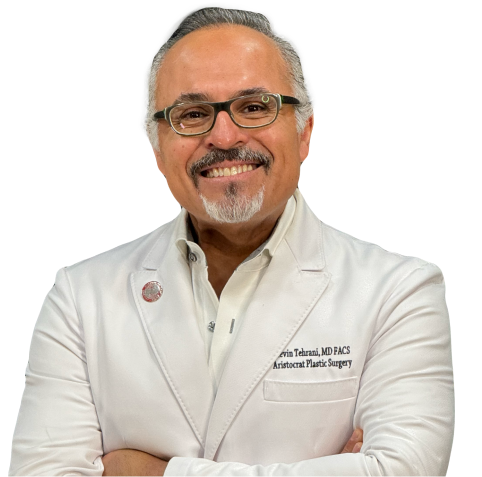
Meet Dr. Kevin Tehrani, MD FACS
Tissue Expander and Implants After Bilatereal Nipple-Sparing Mastectomy
In a traditional mastectomy, the nipple and areola (the dark skin around the nipple) is removed. In a nipple-sparing mastectomy, the nipple and areola are preserved along with some of the surrounding skin. This can often be done in collaboration with your oncologic breast surgeon.
A tissue expander, which is an inflatable device that is inserted at the same time as the mastectomy, is then used to stretch the skin and muscle so that it is large enough to accommodate an implant. This process takes a few weeks to months. A sterile salt solution is periodically injected into a valve within the expander to gradually expand it further and stretch the tissue.
Once the skin and muscle have been sufficiently stretched, the expander can be removed, and the breast implants can be inserted to complete the breast reconstruction procedure.
read more
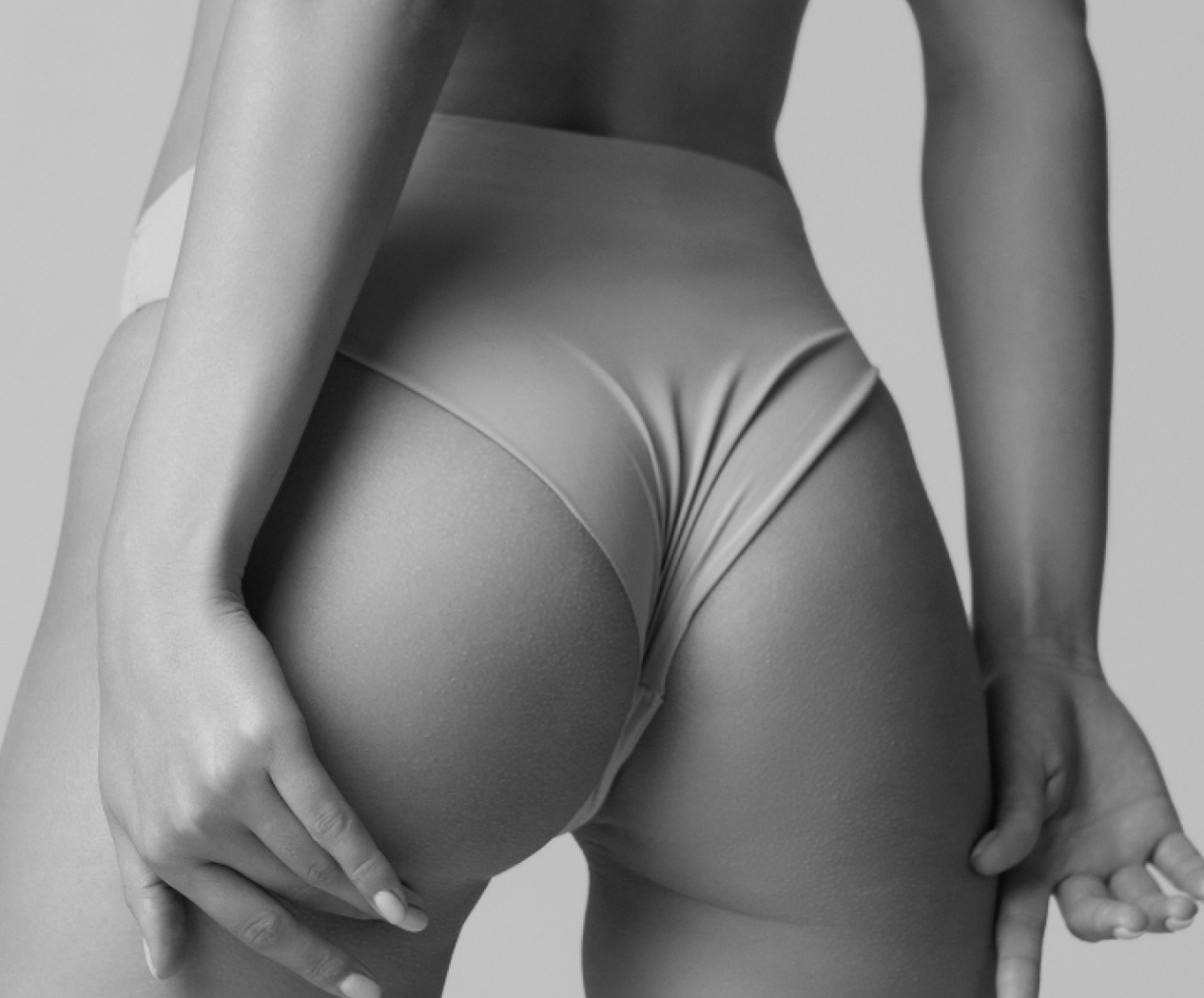
Breast Augmentation Recovery
Breast reconstruction is performed with the patient under general anesthesia.
Recovery depends a great deal on your particular case. You will, of course, need some time off work, and you will experience significant swelling, bruising, and soreness. We will provide pain medication to help you through the healing process, and you will have follow-up appointments with Dr. Tehrani to monitor your recovery.
Get in touch
To schedule a consultation, please fill out the form below or call us at our Manhattan or Great Neck office locations.
"*" indicates required fields
Frequently
Asked Questions
When is breast reconstruction performed?
It can be done immediately during mastectomy or delayed until after cancer treatments, depending on your situation.
What are my reconstruction options?
Options include implants, tissue flap techniques (using your own tissue), or a combination of both.
How many surgeries are involved?
Reconstruction often involves multiple stages—for instance, placing a tissue expander first, then exchanging it for a permanent implant.
Will my reconstructed breast match the other?
Dr. Tehrani aims for symmetry. Adjustments like a lift or reduction on the other breast may help achieve a balanced look.
Does insurance cover reconstruction?
Federal law requires most insurance plans to cover breast reconstruction after mastectomy.


